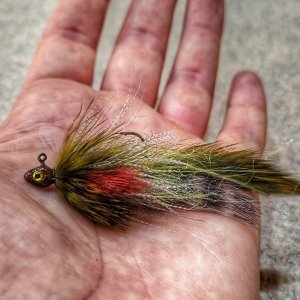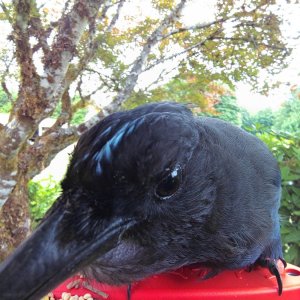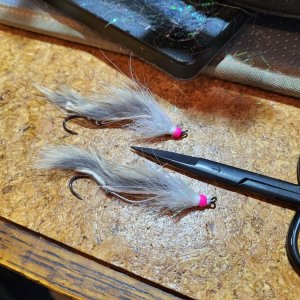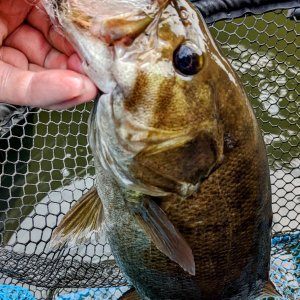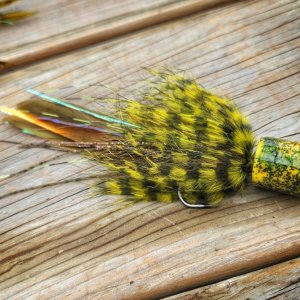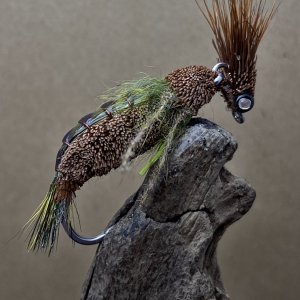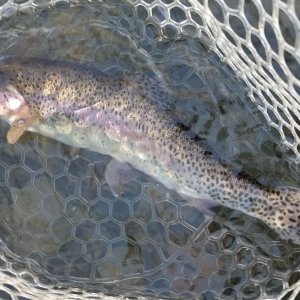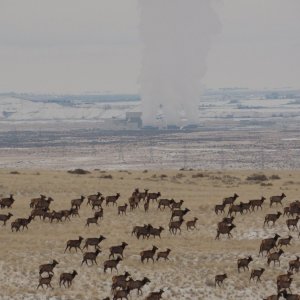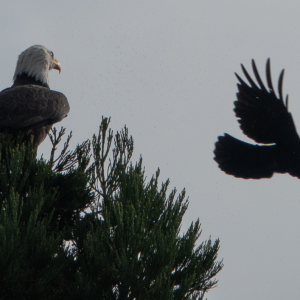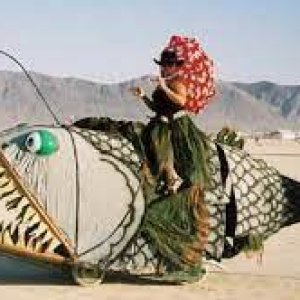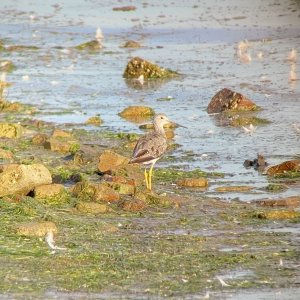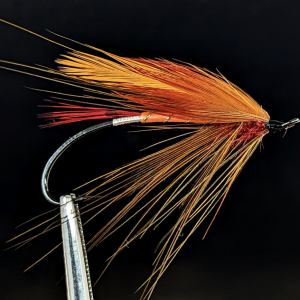You are using an out of date browser. It may not display this or other websites correctly.
You should upgrade or use an alternative browser.
You should upgrade or use an alternative browser.
Trouble with Pinks?
- Thread starter Chris Johnson
- Start date
In summary- "The evidence is consistent and strong that pinksalmon can exert competitive dominance for common-pool prey resources shared by 4 forage fish species, all 5 species of Pacific salmon and steelheadtrout, and 11 species of seabirds."
And impacts to southern resident killer/orcas and even humpbacks.
And impacts to southern resident killer/orcas and even humpbacks.
Pink Year
A large pink year usually means pinks being seen colonizing new waters. It looks like there are lots of pinks being spotted in the streams in the Lake Washington/Sammamish basin. I’ve seen photos and heard about sightings of a school of 100 of them there. They are being seen in the same places...
Turns out that industrial scale fish culture maybe isn’t a good idea? Even the Pacific Ocean has a carrying capacity for salmon that can be exceeded.
Maybe we could get the wdfw to take a more active roll in managing them. They won't last long.
Chris Johnson
Steelhead
The State of Alaska pumps a hundreds of millions of Pinks and Chums in the ocean every year. To support Prince William Sound Pink fishery and S.E. AK to support the chum fishery there.Turns out that industrial scale fish culture maybe isn’t a good idea? Even the Pacific Ocean has a carrying capacity for salmon that can be exceeded.
@Chris Johnson it’s not only Alaska. Russia and Japan run their own massive programs for pinks and chums. So much so that the estimated total numbers of all salmon combined in the Pacific are larger than at any time since we have been counting them. It’s just a fact that most are a) hatchery origin, and b) pinks and chums.
G_Smolt
Legend
Hatchery pinks in pacific rim aggregate account for ~15% of total oceanic pink salmon biomass (Ruggerone, 2018).
The paradox of the pink is coming into sharper focus - reviled in the ocean as a top-down predator and current winner of climate change induced pattern shifts, but a critical keystone species in freshwater, and often the largest nutrient subsidy in the watershed.
Not a hatchery apologist, just an appreciation of factual figures.
The paradox of the pink is coming into sharper focus - reviled in the ocean as a top-down predator and current winner of climate change induced pattern shifts, but a critical keystone species in freshwater, and often the largest nutrient subsidy in the watershed.
Not a hatchery apologist, just an appreciation of factual figures.
Does this take into account Russian hatcheries, for which I imagine we have less information?Hatchery pinks in pacific rim aggregate account for ~15% of total oceanic pink salmon biomass (Ruggerone, 2018).
The paradox of the pink is coming into sharper focus - reviled in the ocean as a top-down predator and current winner of climate change induced pattern shifts, but a critical keystone species in freshwater, and often the largest nutrient subsidy in the watershed.
Not a hatchery apologist, just an appreciation of factual figures.
G_Smolt
Legend
That figure is for 1990-2015, and includes all nations. While some illegitimate and/or unreported hatchery actions occur in the western Pacific, I doubt their numbers would skew that total much.Does this take into account Russian hatcheries, for which I imagine we have less information?
For diligent data miners, more info can be found on the NPAFC website.
I’m always open to better information but my understanding is that there isn’t really a fresh water phase for pinks and chums coming out of the big hatcheries. The adults are seined up at the mouth of the river, some are used for brood stock. Eggs are laid down in trays in the facility and cultured to hatch then released back into the ocean.
Is there substantial escapement into rivers?
Is there substantial escapement into rivers?
Pinks don’t stray over time, they stray over space, right? So there’s a good chance some of those hatchery pinks are returning to rivers to spawn with their wild brethren. I am not sure if anyone is looking into this, not that I’ve heard of anyway. Is anyone running CWTs on pinks or doing otolith analyses or some such?I’m always open to better information but my understanding is that there isn’t really a fresh water phase for pinks and chums coming out of the big hatcheries. The adults are seined up at the mouth of the river, some are used for brood stock. Eggs are laid down in trays in the facility and cultured to hatch then released back into the ocean.
Is there substantial escapement into rivers?
G_Smolt
Legend
There are no rivers involved in AK tidewater hatcheries - the majority of facilities were sited in areas without significant localized fish stocks. Original donor stocks were selected from rivers in the same geographic area, and are generally stable. The hatchery raceways end in tidewater ladders, which rhe fish ascend to the spawning facility. In areas with terminal release sites, the fish are ponded and fed at the release site for a couple months to imprint before release.I’m always open to better information but my understanding is that there isn’t really a fresh water phase for pinks and chums coming out of the big hatcheries. The adults are seined up at the mouth of the river, some are used for brood stock. Eggs are laid down in trays in the facility and cultured to hatch then released back into the ocean.
Is there substantial escapement into rivers?
A long-term (13yrs for SE AK, 11 for PWS) data series suggests straying occurs within 50km of hatchery release sites, with some streams having upwards of 80% hatchery component in some years. Yearly summaries of that research are available at the ADFG website.
Pink salmon have not been intensively propagated in SE AK since the early 2000s - nearly all (95-99+%) of SE pinks are wild origin fish.
That is not the case with PWS.
Last edited:
Really interesting stuff. The salmon populations I am more familiar with originate in the upper Columbia. We see some potential/likely related effects from the pink salmon boom. The Okanogan River sockeye returns show strong alternating year fluctuations in adult returns. Take a guess which years are consistently low?
For some perspective on numbers, the 2023 preliminary harvest estimates from ADF&G:
Pinks 152.4 million
Sockeye 51.8 million
Chum 23.5 million
Coho 2.3 million
Chinook 0.23 million
That’s a lot of (pink) salmon burgers.
Pinks 152.4 million
Sockeye 51.8 million
Chum 23.5 million
Coho 2.3 million
Chinook 0.23 million
That’s a lot of (pink) salmon burgers.
I think Smalma has shown where large pink salmon runs lead to lower wild chinook runs in PS. The fry get to the estuaries quicker than the King fry and eat up the food first if I remember correctly. If I remember correctly the PS kings often leave as fry too that exacerbate the problem.
It is crazy that the Pacific has so many salmon and yet our runs are so depressed.
It is crazy that the Pacific has so many salmon and yet our runs are so depressed.
Chris Johnson
Steelhead
I always thought that Chinook spent a year or two in river before they leave for the ocean. Pinks and chum smolt right away. Or do you mean that on a big pink year the Chinook that do smolt find little feed in the estuary?I think Smalma has shown where large pink salmon runs lead to lower wild chinook runs in PS. The fry get to the estuaries quicker than the King fry and eat up the food first if I remember correctly. If I remember correctly the PS kings often leave as fry too that exacerbate the problem.
It is crazy that the Pacific has so many salmon and yet our runs are so depressed.
Chris, there are (at least) two main rearing strategies for Puget Sound Chinook. Most juveniles seem to be "ocean type" that out migrate within the first 3 months or so after emergence. The second is the "stream type" Chinook where the juveniles spend about a year in fresh water before going to sea. Some recent observations suggest that the stream type life history may be more widespread than previously thought.I always thought that Chinook spent a year or two in river before they leave for the ocean. Pinks and chum smolt right away. Or do you mean that on a big pink year the Chinook that do smolt find little feed in the estuary?
Chris Johnson
Steelhead
Thank youChris, there are (at least) two main rearing strategies for Puget Sound Chinook. Most juveniles seem to be "ocean type" that out migrate within the first 3 months or so after emergence. The second is the "stream type" Chinook where the juveniles spend about a year in fresh water before going to sea. Some recent observations suggest that the stream type life history may be more widespread than previously thought.

